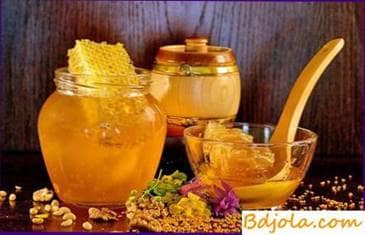
Apple honey is light yellow, with an exceptionally pleasant aroma. Contains 31.67% of glucose and 42% of levulose. The bees make it from the nectar of the apple blossoms. From a hectare of blossoming apple-trees, bees produce 20 kg of honey.
Мед для лечения желчного. Содержание пчел на платформах.
Bee Honey